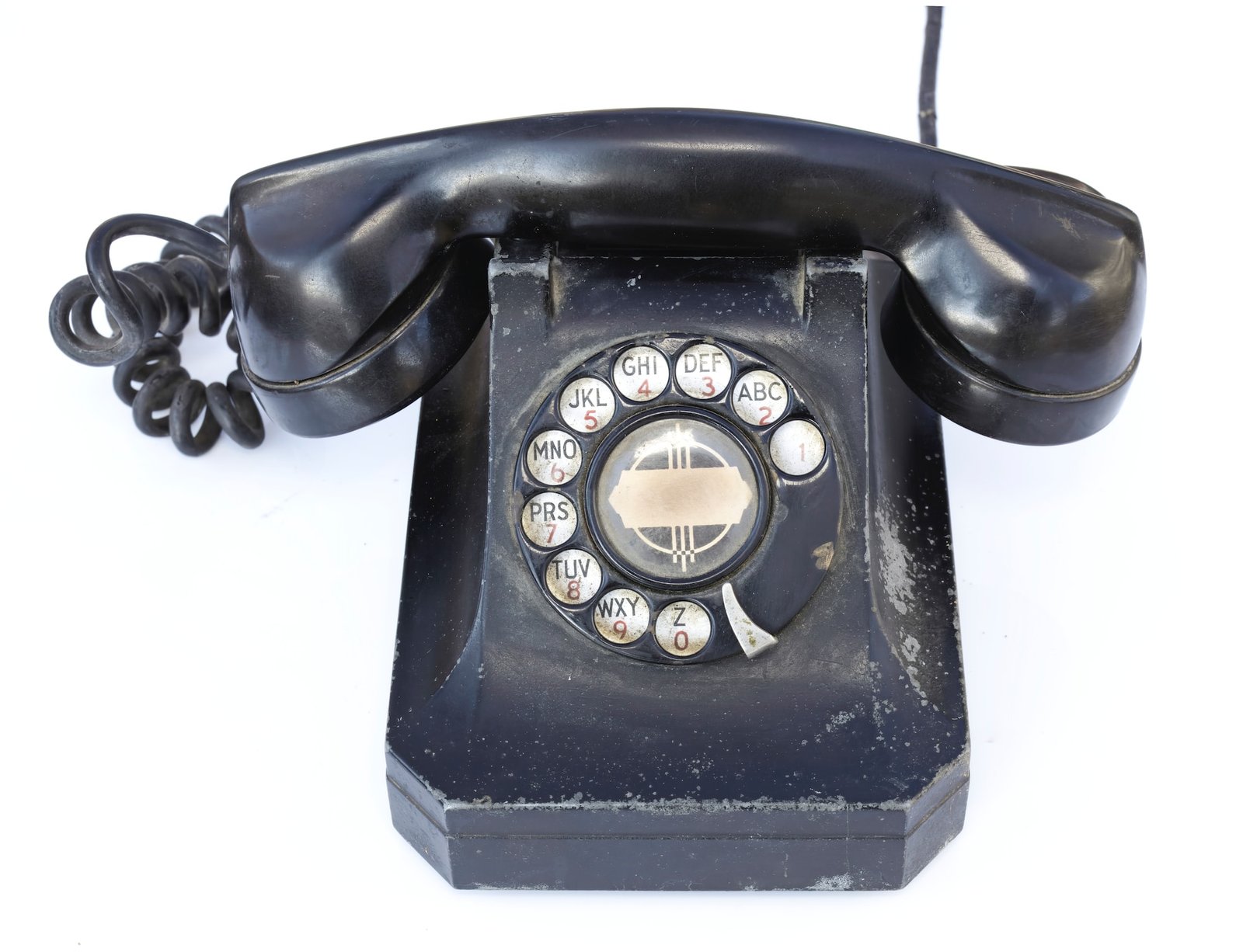Inventions of the Industrial Revolution & Gilded Age
Introduction: A Time of Unprecedented Growth
Between 1870 and 1910, America underwent a period of intense innovation, commonly known as the Gilded Age. This was a time when inventions didn’t just come about; they transformed everyday life. In this article, we will delve deeper into some of these groundbreaking inventions and their lasting impact on society.
Communication Gets a Makeover: The Telephone’s Impact
Alexander Graham Bell Rings in a New Era
The telephone, invented by Alexander Graham Bell in 1876, was nothing short of revolutionary. It transformed the way people interacted, making it possible to have real-time conversations without being face-to-face.
More Than Just Talk
The telephone wasn’t merely a device for chit-chat; it had significant societal implications. It led to the rise of telecommunications companies like AT&T and created an industry that today employs millions.
Thomas Edison: A Man of Many Lights
Bringing Light to the Darkness
Before Edison’s light bulb came into existence in 1878, people relied on gas lamps and candles. Edison’s invention changed all that, making it safer and more convenient to light up homes, streets, and factories.
Music to Our Ears: The Phonograph
Thomas Edison was also the mind behind the phonograph in 1877. This invention allowed sound to be recorded and played back, which was a novel concept at the time. It’s not an exaggeration to say that Edison’s invention is the cornerstone upon which today’s entire music industry was built.
Picture This: The Kodak Moment
George Eastman’s Vision
Before George Eastman introduced the Kodak camera in 1888, photography was a complex and expensive process. Eastman’s invention made it easy for anyone to take pictures, thereby democratizing photography.
Paving the Way for Motion Pictures
Eastman’s invention was a precursor to the development of motion pictures. Thomas Edison, along with William Dickson, made this advancement with the Kinetoscope in 1892. Now, movies are a part of our cultural fabric, thanks to these pioneers.
Taking to the Skies: The Wright Brothers
A Dream Takes Flight
The airplane, invented by Orville and Wilbur Wright, opened up a whole new world of possibilities. For the first time in history, humans could fly, turning a centuries-old dream into reality.
Beyond Just Transportation
Air travel didn’t just make the world smaller; it had far-reaching impacts on global trade, warfare, and tourism. Airplanes played crucial roles in both World Wars and dramatically changed the landscape of international relations.
Driving Into Modernity: Henry Ford and the Automobile
The Model T Changes Everything
In 1908, Henry Ford rolled out the Model T, a car that was affordable enough for the average American. This vehicle revolutionized personal transport, reshaping cities and contributing to the growth of suburbia.
Efficiency Meets Innovation: The Assembly Line
Ford didn’t stop at creating an affordable car. He also revolutionized the manufacturing process by introducing the assembly line. This not only made cars cheaper but also became the standard for mass production of all kinds of goods.
The Economic Boom: Industry and Inventions Fueling Prosperity
The Symbiotic Relationship Between Industry and Invention
The Gilded Age wasn’t just a time of invention; it was a period of exponential economic growth. The inventions of this era weren’t merely for convenience; they were the engines driving the industrial boom. Railroads connected the nation as never before, leading to increased trade and market expansion. Factories became more efficient due to the implementation of electric light and mass production techniques, creating jobs and boosting the economy.
Coal and Steel: The Backbone of Industry
It’s hard to overstate the importance of coal and steel during this period. Coal powered the factories, locomotives, and ships which made all this expansion possible. Steel, much of it produced through new methods like the Bessemer process, was the material that built the skyscrapers, bridges, and railways. Together, these industries were the backbone of the American economy, laying the groundwork for the United States to become a world leader in industrial output.
The Domino Effect: How These Inventions Are Interconnected
All these inventions were not isolated events; they were deeply interconnected. The telephone led to faster and more efficient communication, which in turn made it easier for inventors to collaborate. The light bulb extended the working day, leading to increased productivity. The airplane and car completely redefined our understanding of distance, making the world a smaller place. These inventions worked like cogs in a machine, each one amplifying the effects of the others.
The Lasting Legacy: The Gilded Age as a Foundation for Today
The inventions of the Gilded Age serve as the bedrock of modern society. Many of the conveniences we enjoy today have their roots in this era. Our modern way of life would be unrecognizable without these contributions.
Conclusion: A Glimpse into Our Ingenious Past
The Gilded Age was a period of enormous growth and change, primarily driven by a series of impactful inventions. They changed the way we communicate, how we see the world, and even how we spend our leisure time. From the telephone to the light bulb, from the camera to the airplane and the automobile, each invention set the stage for the modern world we live in today. Through their undying impact on various aspects of our lives, these inventions remind us that innovation is the cornerstone of progress, catapulting us into the future while keeping us grounded in our past.







